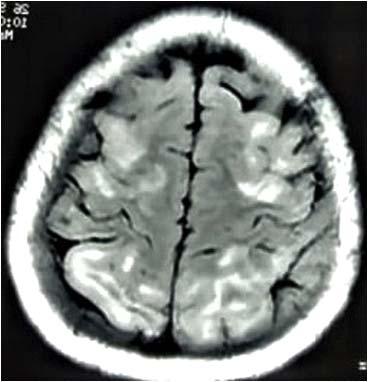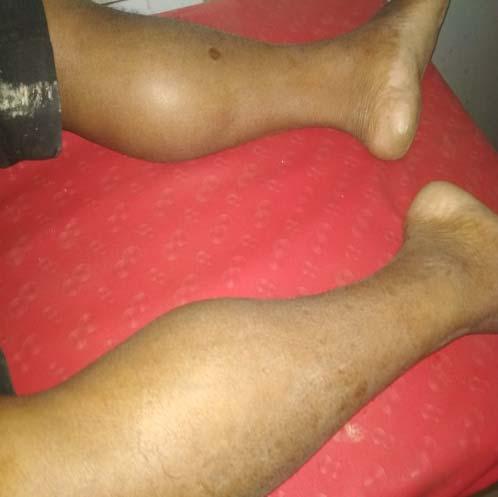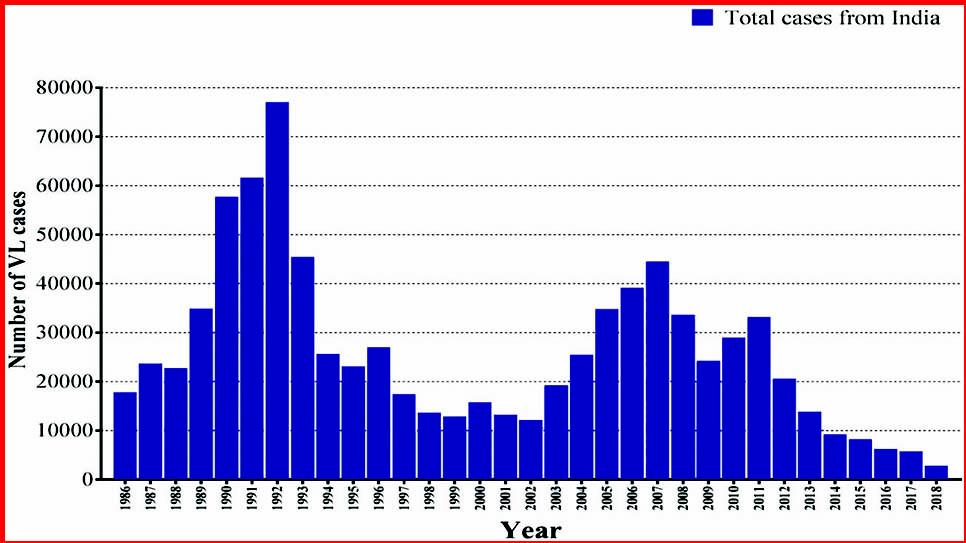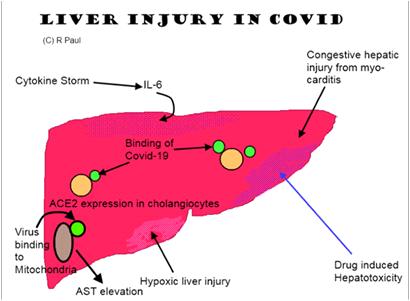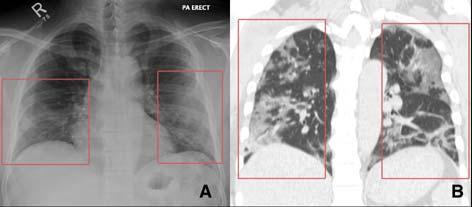
8 minute read
Letters to the Editor
JOURNAL OF THE INDIAN MEDICAL ASSOCIATION, VOL 118, NO 06, JUNE 2020
[The Editor is not responsible for the views expressed by the correspondents]
Advertisement
Kidney in COVID -19
SIR, — The burden of acute kidney injury with COVID-19 infection was initially reported relatively low, ranging from 3% to 9% 2 , subsequent analyses demonstrated incidence rates as high as 15% 1,2 . Acute kidney injury is more common among patients with severe disease, particularly in the intensive care unit (ICU) setting, and associated with high mortality. A recent analysis showed with Covid-19, AKI developed in 36.6%. The peak stages of AKI were stage 1 in 46.5%, stage 2 in 22.4% and stage 3 in 31.1%. Of these, 14.3% required renal replacement therapy (RRT). 96.8% of patients requiring RRT were on ventilators. Of patients who required ventilation and developed AKI, 52.2% had the onset of AKI within 24 hours of intubation. Risk factors for AKI included older age, diabetes mellitus, cardiovascular disease, black race, hypertension and need for ventilation and vasopressor medications. Among patients with AKI, 35% were died 3 Kidney disease is a major complication of COVID-19 and a significant risk factor of death.
Cause of AKI is not well understood but probably it is a maladaptive systemic inflammatory immune response, in the face of a cytokine storm, contributes to hypoperfusionrelated injury of the renal tubules 5 . In addition to organ dysfunction as a result of immune dysregulation, emerging evidence suggests the possibility of a direct cytopathic effect of SARS-CoV-2. The angiotensinconverting enzyme 2 receptor and members of the serine protease family, essential for viral uptake by host cells, are highly expressed on podocytes and tubule epithelial cells. Reports of albuminuria and hematuria in the setting of COVID-19 infection, along with isolation of viral RNA from urine, further supports potential viral tropism for the kidney.
In renal biopsy most important findings that has been found was diffuse acute proximal tubular injury with loss of brush border and nonisometric vacuolation, which may be partially caused by the direct virulence of SARS-CoV2, demonstrated by ultrastructural and immunostaining assessment.
Cytokine damage, organ crosstalk and systemic effects, these mechanisms are profoundly interconnected and have important implications for extracorporeal therapy. Four different approaches can be used for cytokine removal: direct haemoperfusion using a neutromacroporous sorbent; plasma adsorption on a resin after plasma separation from whole blood; CRRT (continuous renal replacement therapy) with hollow fibre filters with adsorptive proper-ties; and highdose CRRT with medium cut-off (MCO) or high cut-off (HCO) membranes. These approaches may help patients who are critically ill with COVID-19 patient with AKI who currently have limited treatment options. COVID-19 sepsis and AKI is complex and need much evaluation and clinical trials to reach a definitive treatment protocol.
Apart from AKI there are several influences and changes in treatment and diagnostic protocol. COVID19 infection in patients with glomerular diseases on immunosuppressive therapy needs discontinuation of antimetabolites with reduction of prednisolone – 0.2mg/kg/day. ACEi / ARB can be continued without clear contraindication. Intravenous medication may be changed to oral formulation if possible. Renal biopsy only in critical decision making grounds. In minimally symptomatic patients with stable GFR therapy may be avoided or empirical treatment can be started without biopsy in RPGN with positive ANCA.
COVID19 infection is also prevalent in end stage renal disease needing renal replacement therapy owing to immunosuppressed state, pre-existing co morbidities, repeated unavoidable exposure to hospital environment and lack of classical symptoms. Hemodialysis centres are a high-risk area in the outbreak of a COVID-19 epidemic.
Renal transplant recipients are more prone for COVID19 infection and proper and adequate treatment is challenging as complete withdrawal of immunosuppressants may lead to rapid graft loss and may aggravate hyperinflammatory phase. They should be managed avoiding antimetabolites and minimising immunosuppression.
COVID -19 is common in hospitalized patients affecting kidney with high mortality rate. Inherent expertise, knowledge and timely interference is essential to manage the problem.
R EFERENCES
1 Guan WJ, Ni ZY, Hu Y, et al — Clinical characteristics of 2019 novel coronavirus infection in China [e-pub ahead of print]. N
Engl J Med. https://doi.org/10.1056/ NEJMoa2002032.
Accessed March 2, 2020. 2 Cheng Y, Luo R, Wang K, et al — Kidney impairment is associated with in-hospital death of COVID-19 patients [epub ahead of print]. medRxiv 2020.02.18.20023242. 0023242. https://doi.org/10.1101/2020.02.18.20023242 3 Jamie S Hirsch, Jia H Ng, Daniel W Ross, et al — Acute kidney injury in patients hospitalized with COVID-19, Kidney
International (2020) -, -–-; https://doi.org/10.1016/ 4 Zhou F, Yu T, Du R, Fan G, Liu Y, Liu Z, et al — Clinical course and risk factors for mortality of adult inpatients with COVID19 in Wuhan, China: A retrospective cohort study. Lancet 395: 1054-62, 2020. 5 Naicker S, Yang C-W, Hwang S-J, Liu B-C, Chen J-H, Jha V — The novel coronavirus 2019 epidemic and kidneys [published online ahead of print March 7, 2020]. Kidney Int. https://doi. org/10.1016/j.kint.2020.03.001. 6 Ghani RA, Zanudin S,C tkong N, et all — Serum IL- 6 and IL1 ra with Sequential Organ Failure Assessment scores in septic patient receiving high volume hemodiafiltration.
Nephrology(Carlton) 2006; 11: 386-393.
DCH, MD, DM (Nephro, DR PINAKI MUKHOPADHYAY PGI Chandigarh), FICP, FASN Professor & Head, Dept of Nephrology Nilratan Sircar Medical Coleege & Hospital, Kolkata
84
JOURNAL OF THE INDIAN MEDICAL ASSOCIATION, VOL 118, NO 06, JUNE 2020
Happy Hypoxemia - JIMA, May, 2020
Sir, — I Read your article on Happy Hypoxemia in COVID with great interest and little concern. It displays your passion for teaching clinical science . I have a Point to add that,to detect these patients earlier by noticing Oxygen desaturation on Walking and talking .
Article on History of Pandemics is impressive and stunning It’s a treasure to Possess. Immaculate presentation on how quarantine evolved over different period level displays the through knowledge of Medical literature. Phrases used in this article reflects the noesis absolutely.
MD, FICP, FIMSA, Professor of Medicine South Zone Member - API, Treasurer - Tamilnadu API
DR S CHANDRASEKAR
Community Triage and Home-Based Care of Covid-19
Sir, — In the Covid-19 un-lockdown phase in India, there is an obvious and strong likelihood of faster rise in corona positive cases, albeit a vast majority of them would be asymptomatic or with mild/mild-to-moderate symptoms. If all such 'mild/mild-to-moderate' patients rush to hospitals, the hospital care of Covid-19 shall be overwhelmed, and the care of severe cases with legitimate need for hospitalbased invasive treatment shall be in jeopardy. The need of the hour therefore is to plan for a community-level triage with home-based medical care of mild/mild-to-moderate Covid-19 cases. Clusters of such neighbouring patients can be identified and advised to stay isolated at home. A well conceived protocol for home-based treatment for these patients should be designed promptly. A platform for medical tele-consultation and interaction with patients should be created for the cluster. Each cohort or sub-cohort of say 10 such patients can be put under care of one consenting registered physician who would make assessment and extend advice to patients and/or their home care-givers, telephonically. Doctors should continuously assess the risks in each such patients - at baseline and prospectively. Triggers for severity in each patient must be identified as soon as they appear. And workable solutions for the triggers must be advised and implemented. For example, rranging oximeters in household and tele-training patient/homecaregiver how to use it, would add much value in homebased care of these patients. The physician designated should also ensure appropriate referral for hospitalisation through early identification of worsening and of triggers of severity in individual patients. The physician should also coordinate early transfer of 'eligible' patients to designated hospitals.
I draw the attention of the health administration and local governance systems (panchayat, municipalities, corporations) to the above proposition of community triaging of mild/mild-to-moderate cases of Covid-19, and consider its implementation.
Professor, Department of Clinical & DR SANTANU K TRIPATHI Experimental Pharmacology, Calcutta School of Tropical Medicine, Kolkata
Editorial - JIMA, May, 2020
Sir, I would like to appreciate the brilliantly written Editorial of the May Issue of JIMA on “The History of Quarantine –Past, Present and future. Are we in Same Platform?”. It had clearly sketchedthe scenario of Quarantine and Isolation as documented by the various authors over ages.
In Connection to this, I would also like to share the Mythological ritual of Annual Self-Quarantine of BhagwanJagannath- known as‘Anasara’ which occurs soon after ‘Snana Jatra’ (bathing festival) as a part of which God himself stays on a self-quarantine for a period of 14 days, away from his devotees.
During the bathing festival (Snana Purnima) which occurs 15 days before Jagannath Rath Yatra, Bhagwan Jagannath, Bhagwan Balabhadra and Devi Subhadra have a bath with 108 pots of cold water to fight the heat of summer. After this royal bath ceremony, the three Deities are sick and they stay away from the public view for a period of 14 days.The divine siblings battle a strong fever and are cured at a secret place-‘AnasaraGhara’, which resembles Isolation in seclusion.
Bhagwan Jagannath has this quarantine every year, once after he comes into contact with too many of his worshipers. He actually contracts cold which is a virus-led disease. The Almighty is quarantined for exactly 14 days after which He emerges disease-free to re-appear in front of Devotees and the festival of ‘Rathayatra’ is celebrated. He is given the right kind of medication, the right kind of food and then he bounces back. The servitors do the special ‘PhuluriTela’ Seva — a unique healing method — to cure the deities effectively. This period is known as Anasara.
When Bhagwan Jagannath, the Almighty can practise Self- Quarantine for 14 days, every year to fight the Sickness in Isolation;we mortals need to practice the same to combat Covid-19.
Keeping this in mind, we hope that people will shed the apprehension that they have about quarantine and practise Self-Quarantine fearlessly.
Jai Jagannath.
MD (Gen Med), MACP, DR TANUKA MANDAL Senior Resident, Department of Medicine, R.G.Kar Medical College.
85
JOURNAL OF THE INDIAN MEDICAL ASSOCIATION, VOL 118, NO 06, JUNE 2020
86
JOURNAL OF THE INDIAN MEDICALASSOCIATION, VOL 118, NO 06, JUNE 2020

87



